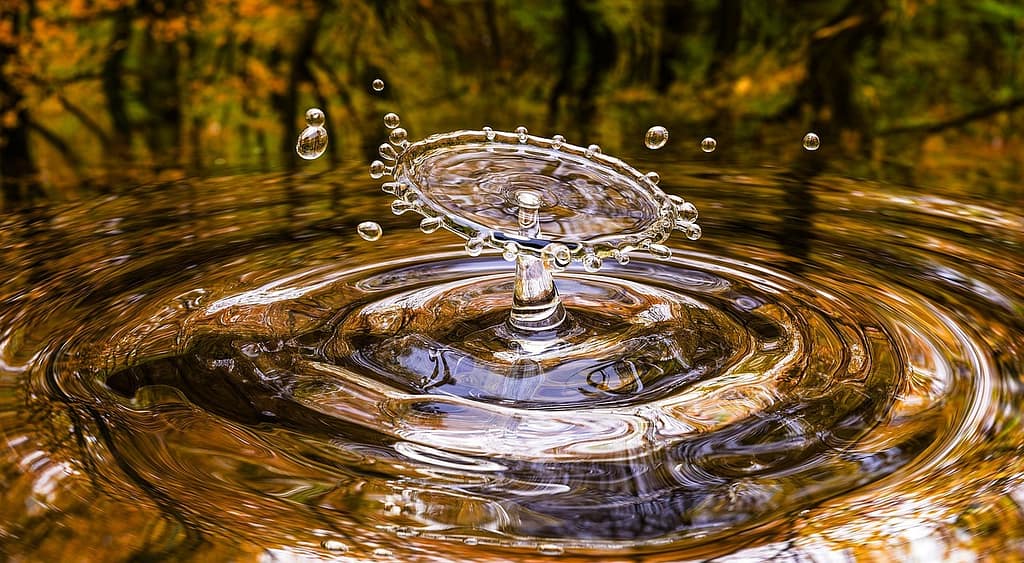Imagine a world where life not only survives but thrives in even the harshest conditions. Welcome to the realm of desert plants, where biodiversity thrives despite relentless heat and scarce water. The biggest challenge these remarkable species face is adapting to extreme aridity, but their ingenious solutions are nothing short of awe-inspiring. In this article, we’ll explore the incredible diversity of desert flora, highlight the unique adaptations that allow them to endure such harsh climates, and learn how these resilient plants contribute to the ecosystem. From lush wonders to hardy shrubs, get ready to be amazed by the diverse and resourceful world of desert plants.
Understanding Desert Ecosystems
What Defines a Desert?
Deserts are often viewed as barren, lifeless expanses of sand. However, they are much more than that. Deserts are defined by their extremely low precipitation levels, typically receiving less than 10 inches (25 centimeters) of rain annually. These areas are characterized by extreme temperatures, ranging from scorching heat during the day to freezing cold at night. Major deserts around the world include the Sahara in Africa, the Arabian Desert in the Middle East, the Gobi in Asia, and the Mojave in North America. Each desert has unique characteristics according to its climate and geography.
The Role of Biodiversity in Deserts
Despite their harsh conditions, deserts are home to a surprisingly diverse range of life forms. Biodiversity in deserts plays a vital role in maintaining ecological balance. Plants are at the center of this biodiversity, serving as the foundation of the food web. They provide essential nutrients and habitat for many animals living in the desert, from insects to large mammals. This interdependence creates a delicate balance, with each species playing a vital role in the survival of the others.

Unique Adaptations of Desert Plants
Water Conservation Techniques
Water is a precious resource in these environments, and desert plants have developed remarkable adaptations to conserve it. Succulence is a strategy where plants such as cactus and agave store water in their thick, fleshy tissues. This helps them survive long periods of drought. Another adaptation is the development of deep root systems, as seen in mesquite trees, which use underground water sources that are inaccessible to other plants.
Surviving Extreme Temperatures
Desert plants have also developed mechanisms to cope with extreme temperatures. Some use a process known as nocturnal photosynthesis or the CAM (crassulacean acid metabolism) pathway, where they open their stomata at night to reduce water loss. Additionally, many desert plants have reflective surfaces or spines that reduce heat absorption and protect against herbivorous animals.
Efficient Reproduction Strategies
Efficiency is required for reproduction in desert environments. Many plants produce seeds that can lie dormant for years waiting for the right conditions to germinate. This ensures that new plants only grow when there is sufficient moisture. Pollination is often facilitated by nocturnal insects and animals, such as bats and moths, which are active when temperatures are low.
Diversity of Desert Plant Species
Succulents and Cacti
Succulent plants and cactus are perhaps the most iconic plants. For example, the saguaro cactus can store thousands of gallons of water, allowing it to survive long periods of drought. The barrel cactus has striped bodies that expand to store water and contract during dry periods. These adaptations enable them to thrive in arid environments.
Shrubs and Bushes
Shrubs and shrubs, such as creosote bush and sagebrush, are also common in deserts. These plants are highly drought-tolerant and play an important role in the desert ecosystem by providing food and shelter for a variety of animals. Their extensive root systems help stabilize the soil and prevent erosion.
Grasses and Ground Cover
Grasses and ground cover plants, such as desert sandy verbena and desert marigold, are important for maintaining soil health. They help prevent soil erosion and provide a ground cover that protects the soil from harsh sunlight. These plants are often the first to bloom after rare rains, adding color to the desert landscape.
Trees and Larger Plants
Desert trees such as Joshua trees and date palms make important contributions to the ecosystem. Joshua trees provide habitat and food for many desert species, while date palms are an important food source for both humans and wildlife. These trees are well adapted to the extreme conditions of the desert.

Ecological Importance of Desert Plants
Soil Stabilization and Erosion Prevention
The root structure of these plants plays an important role in soil stabilization. By stabilizing the soil, they prevent erosion caused by wind and occasional rainfall. This helps maintain the integrity of the desert landscape and protects other plant and animal species.
“Desert plants provide essential habitat and food sources for a variety of wildlife. Many animals depend on these plants to escape harsh sunlight and predators. Additionally, desert plants produce fruits, seeds, and nectar that keep animals alive, contributing to the overall biodiversity of the region.”
Role in Carbon Sequestration
Desert plants also play a role in carbon sequestration, helping to mitigate climate change. Through the process of photosynthesis, they absorb carbon dioxide from the atmosphere and convert it into oxygen. This not only supports the desert ecosystem but also has a positive effect on the global carbon cycle.
Human Interaction with Desert Plants
Cultural and Medicinal Uses
Desert plants have been used by humans for centuries, especially by indigenous communities. Traditional knowledge has revealed many medicinal properties of these plants. For example, the aloe vera plant is renowned for its soothing and healing properties, while the creosote bush is used to treat a variety of ailments.
Economic Importance
Desert plants also have significant economic value. In agriculture, they are cultivated for their resilience and low water requirement. Horticulture has embraced desert plants for their unique beauty and drought-tolerant nature, making them popular in landscaping. Additionally, desert regions attract tourists interested in exploring the unique flora, which contribute to local economies.
Threats and Conservation Efforts
However, human activities and climate change pose a threat to the biodiversity of desert plants. Overgrazing, land development, and pollution can disrupt these delicate ecosystems. Conservation efforts are vital to protect desert plants and their habitats. Success stories such as the restoration of eroded desert lands highlight the importance of preserving these unique environments.
| Aspect | Typical Plants | Desert Plants |
|---|---|---|
| Water Requirements | Require regular watering; sensitive to drought | Extremely low water requirements; highly drought-resistant |
| Root Systems | Shallow root systems to absorb surface water | Deep or widespread root systems to access deep or scarce water sources |
| Temperature Tolerance | Tolerate moderate temperature ranges | Can tolerate extreme temperature fluctuations |
| Leaf Structure | Broad, thin leaves for maximum photosynthesis | Thick, small, or spiny leaves to reduce water loss |
| Reproduction Strategies | Consistent and regular reproduction cycles | Efficient strategies like seed dormancy and nocturnal pollination |
| Photosynthesis Process | Photosynthesis occurs during the day | Some use CAM pathway, with photosynthesis occurring at night |
Desert Plants in Home Gardens and Landscaping
Benefits of Using Desert Plants
Incorporating desert plants into home gardens and landscaping offers many benefits. Their low water requirements make them an environmentally friendly choice, especially in drought-prone areas. Additionally, desert plants are generally low-maintenance and highly resilient, making them ideal for sustainable gardening.
Tips for Cultivating Desert Plants
To successfully cultivate desert plants, it is essential to understand their specific needs. They generally require well-draining soil and plenty of sunlight. Watering should be less frequent, but deep, to simulate natural desert conditions. Providing proper care ensures that these plants thrive in home gardens.
Popular Desert Plants for Landscaping
Many desert plants are popular choices for landscaping. With its attractive appearance and minimal water requirements, agave is a favorite. The prickly pear cactus adds both beauty and practicality, as it produces edible fruit. Creating an aesthetically pleasing desert garden involves selecting a variety of plants that complement each other and the overall landscape design.

Future of Desert Plant Biodiversity
Impact of Climate Change
Climate change is expected to have a profound impact on desert environments. Rising temperatures and altered rainfall patterns may challenge the survival of many desert plant species. Understanding these potential impacts is critical to developing strategies to protect and conserve desert biodiversity.
Research and Innovations
Ongoing research and innovation are shedding light on the resilience and adaptability of desert plants. Scientists are finding new ways to conserve these species and restore degraded desert ecosystems. Innovative solutions, such as the use of technology in monitoring plant health and growth, are promising steps toward sustainable conservation.
Conclusion
Recap of Key Points
Desert plants are extraordinary examples of nature’s resilience and adaptability. They have developed unique strategies to survive in harsh environments, contributing significantly to desert biodiversity and ecological balance. Their importance extends beyond the desert, affecting global ecosystems and human cultures.
Final Thoughts
The resilience and beauty of desert plants is truly remarkable. By appreciating and protecting these unique species, we can ensure that they continue to thrive and contribute to the world’s biodiversity. Desert plants remind us of the incredible diversity of life on Earth and the importance of preserving it for future generations.





